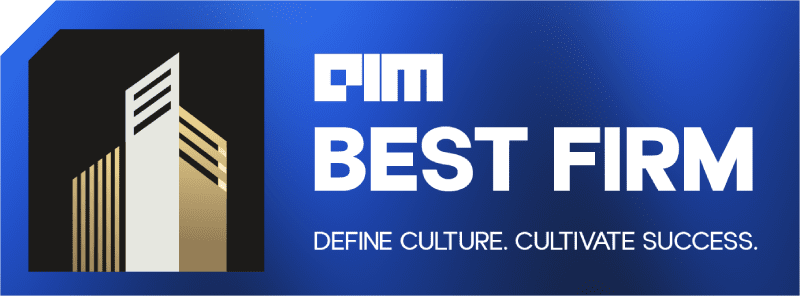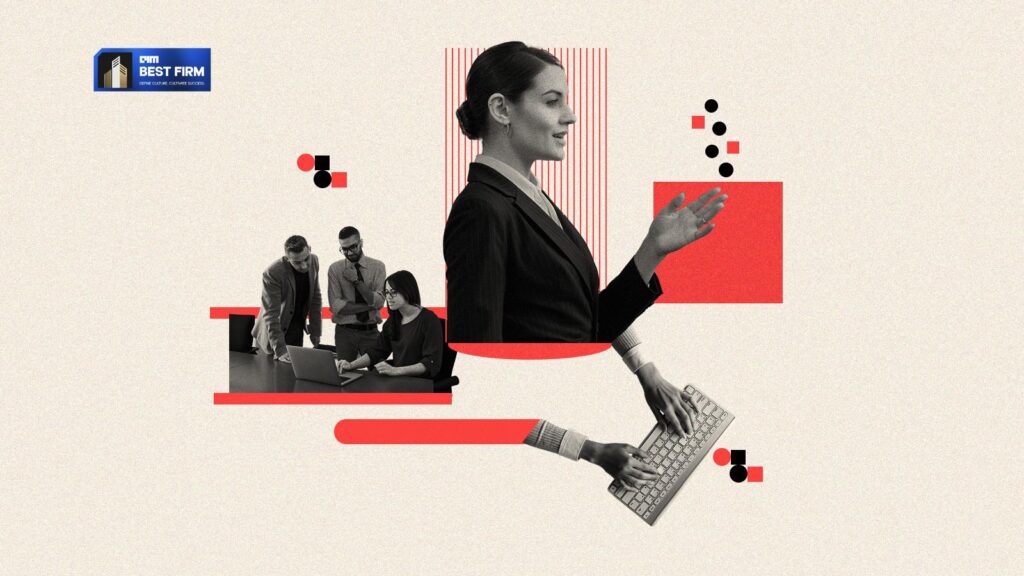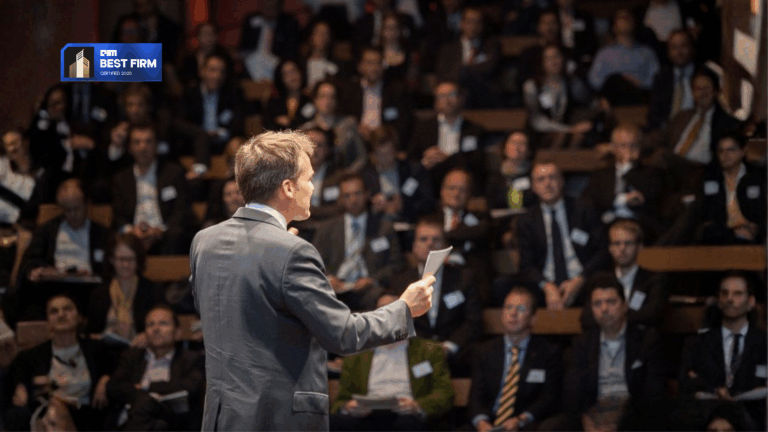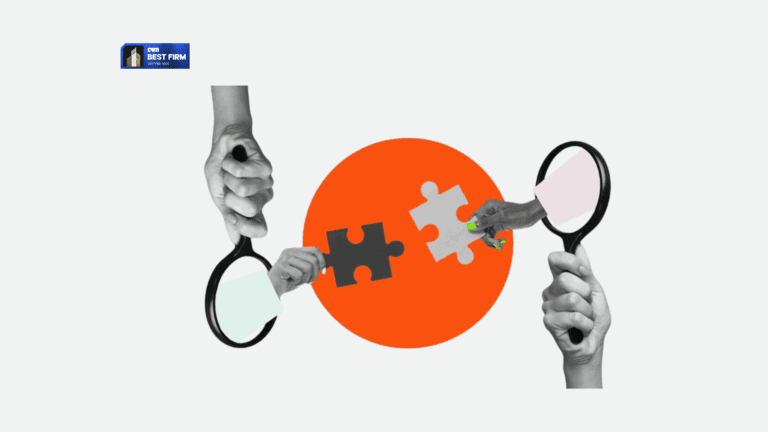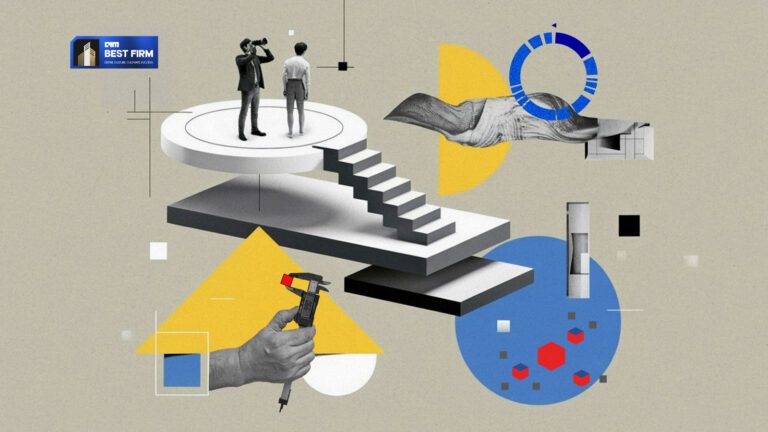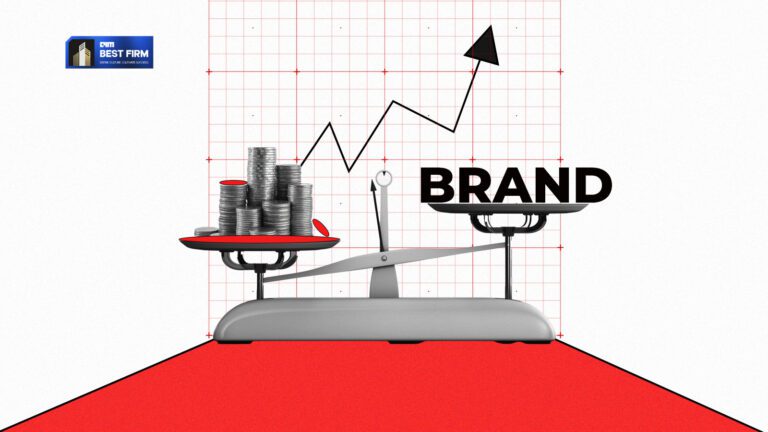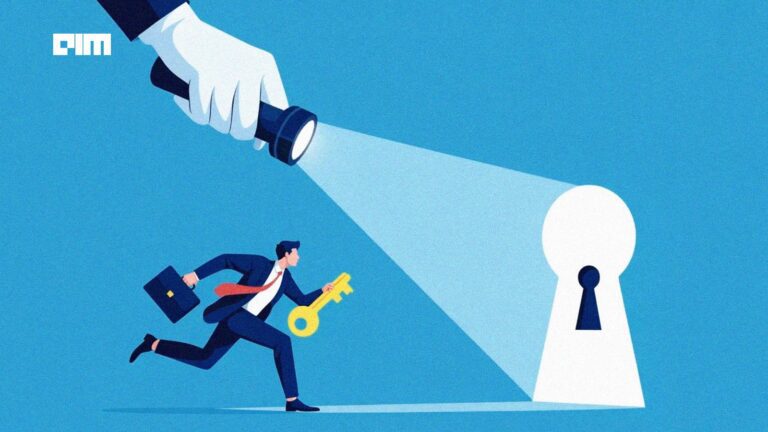You’ve invested in AI tools. You’ve rolled out the training. Yet adoption is stalling. Why?
Because skills alone can’t transform a business—culture has to enable them. In the context of CHRO culture capability and AI talent development, this is the deciding factor between transformation success and failure.
McKinsey finds that 70% of business transformations fail, and 70% of those failures come down to culture-related issues. Recent surveys show almost all companies are pouring resources into AI and digital skills, but only about 1% consider themselves “AI-mature.” Employees are often ahead of leadership: nearly half say they regularly use AI in their work, yet 46% of executives cite skills gaps as a major barrier to adoption.
The takeaway for CHROs is clear: culture must lead. The right mindset, incentives, and feedback loops accelerate capability uptake, while misalignment quietly kills change.
How Top CHROs Fuse Culture and Capability to Future-Proof Talent
Leading HR chiefs are innovating by weaving culture change into capability-building programs:
- Microsoft: Kathleen Hogan (CHRO)
- Made culture a “strategic differentiator” under CEO Satya Nadella.
- Embedded a growth mindset into hiring, reviews, and promotions.
- Anchored all processes in continuous learning and adaptability.
- Notes that culture-first remains key “to attract and retain exceptional talent” even after 10 years in the role.
- Amazon: Beth Galetti (SVP of People)
- Built learning into the famously nimble “Day 1” culture.
- Hires for cultural fit and a “beginner’s mindset” over past experience.
- Uses multi-day onboarding (“Escape Velocity”), real-time feedback tools, and tuition programs to reinforce constant reskilling.
Key Takeaway:
Culture and capability aren’t parallel tracks: they’re the same track. Embedding learning into the cultural fabric turns skills development from a one-time event into a continuous, self-reinforcing loop.
Similarly, Verizon’s Chief Talent Officer Christina Schelling modernized talent strategy by combining top-down and bottom-up approaches:
- Revamped succession planning using advanced analytics and AI.
- Benchmarks leadership skills not only internally but also against competitors and best-in-class peers.
- Promotes the mindset that “every career move, every scope expansion, and [every] development investment… should really support creating the most competitive leadership bench.”
- Data-driven outcomes:
- Nearly 100% of new executive hires now appear on leadership succession slates.
- Built an AI-powered “poachability” score to safeguard top talent.
- Employee career enablement:
- Created Talent GPS, a company-wide skills platform for mapping career paths and updating capabilities.
- Raised employee profile completion from under 10% to 100%.
- Boosted internal mobility by 10% within weeks.
Even in hardware, Cisco’s Chief People Officer Kelly Jones focuses on a “Conscious Culture” grounded in empowerment:
- Leads a global team designing data-driven, people-first solutions.
- Builds award-winning, high-performing global teams that make a measurable impact on performance.
- Aligns all efforts to Cisco’s purpose: an inclusive future for all.
Insights + Proof: Why Culture Fuels Capability
Industry data makes the case clear: transformation succeeds when culture and skills grow together.
McKinsey’s 2025 AI report finds employees are often more AI-ready than leaders think, but warns that without cultural adaptation, firms lose ground. The companies that excel “cultivate autonomy, use modern practices, and build multidisciplinary agile teams.” Yet a stark gap remains: while 90% of organizations say they’re moving toward skills-based models, fewer than 5% have the data to manage skills effectively.
The gap is solvable, and the leaders who close it move fast. Deloitte research shows that internal talent marketplaces not only boost productivity but also spark empowerment and entrepreneurial spirit. McKinsey adds that tailoring training to roles (e.g., AI bootcamps for engineers) and creating open feedback forums builds trust and accelerates adoption. Healthy cultures, as measured by McKinsey’s Organizational Health Index, deliver shareholder returns 60% higher than average.
The proof is in practice:
- IBM: AI Transformation: When CHRO Nickle LaMoreaux took the helm in 2022, she launched an “AI-first” overhaul of HR services. Intelligent assistants like AskHR automated routine transactions, enabling managers to process requests 75% faster and boosting satisfaction scores from –35 to +74. By removing drudgery, IBM shifted focus to higher-value, human-centered work, embedding agility and innovation into its culture.
- HSBC Singapore: Global Mobility: Head of HR Mukul Anand redefined mobility as a development lever, encouraging cross-border moves and local projects to build cultural agility. Structured programs, complete with readiness tracking and advisor matching, have created a globally connected workforce and improved retention of high-potential talent.
Bottom line: An adaptive, learning-oriented culture is the soil in which new capabilities grow, and leaders who intentionally enrich that soil see measurable results in agility, retention, and performance.
The CHRO Action Framework: Culture + Capability + Certification
For leaders ready to act, the most effective playbook combines three moves:
- Align Culture With Capability Goals
- Map desired behaviors to business priorities.
- Embed learning expectations into performance reviews, promotions, and recognition systems.
- Design Targeted AI Talent Development
- Offer role-specific training (AI bootcamps for engineers, data literacy for managers).
- Use peer-led programs and open forums for employee feedback.
- Anchor With Trusted Certification
- Adopt recognized benchmarks such as the Best Firm certification from AIM.
- Use certification both as a skills validator and a cultural signal that learning is part of identity.
- This is the essence of getting certified for Data & AI Talent: it unites skill proof with cultural reinforcement.
Looking Ahead: Certification as the Culture-Capability Bridge
Going forward, CHRO culture and capability will be inseparable from AI talent development strategies. Companies are scaling predictive skills analytics, AI-based learning platforms, and internal talent marketplaces that can lift workforce performance by 20–30%.
But the next challenge isn’t just building these capabilities — it’s proving they exist, and proving they last.
That’s where third-party certifications come in. A certification like Best Firm does more than validate skills; it provides:
- Independent credibility – separating internal claims from verifiable proof, which resonates with both talent and external stakeholders.
- Cultural accountability – ensuring that leadership behaviors, promotion practices, and employee experiences align with stated values.
- Benchmarking against peers – helping firms understand how they measure up to industry leaders in AI talent readiness and workplace culture.
- A roadmap for improvement – offering data-backed recommendations that go beyond a badge, guiding CHROs on where to focus for real impact.
For employees, certification signals that their growth and well-being are recognized at the highest standard. For leaders, it creates a structured way to turn culture into capability, and capability into performance.
In other words, certification is not just a milestone, it’s the bridge between building skills and sustaining them through culture.
